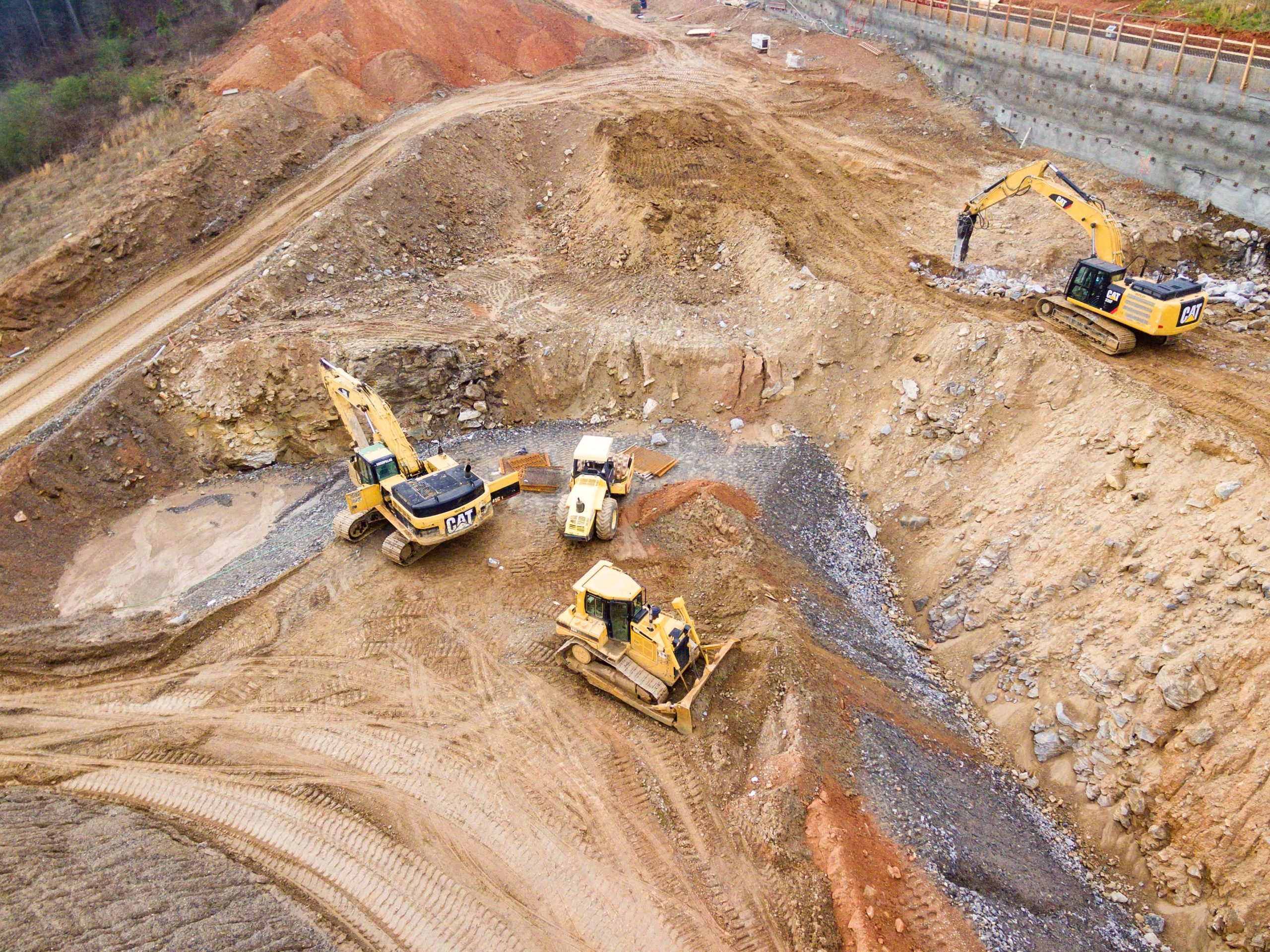-
ASBESTOS MANAGEMENT
-
EPR IMPLEMENTATION
-
INCIDENTS MANAGEMENT
-
LICENSES AND PERMITS
Frequently Asked Questions on Asbestos Management
What are the common uses of asbestos?
Some of the common uses of asbestos include building material (roofing; ceiling of old houses, industries, hospitals and schools); insulation of boilers; pipes for water supply and sewer; Personal Protective Gear used by firefighters; brake shoes & clutch fittings in motor vehicles.
What is asbestos waste?
Asbestos waste refers to any waste containing asbestos and may include waste from renovation, demolition and repair of asbestos roofing sheets, asbestos ceiling boards and asbestos clutch plates, brake pads and linings and insulation materials.
What are the dangers posed by asbestos?
Asbestos materials deteriorate over time and begin to release fine fibres into the air. The hazardous material can remain suspended in air for hours. If handled without caution, it may cause serious chronic health problems such as asbestosis, lung cancer and mesothelioma leading to long term serious social, economic and emotional problems.
Who is affected by the directive on the removal of asbestos?
The directive affects both the public and private facilities that have roofs and water pipes made of asbestos materials in Kenya. Therefore, Government ministries, Departments, Agencies, County Governments and individuals who have the material are expected to comply accordingly.
What is the process of the removal of asbestos?
- Before commencing any work, the owner/operator of the premises containing asbestos identifies a disposal site for the asbestos, either on-site (within your premises); in a licensed County Government facility or a commercial disposal site.
After that, the owner/operator engages a licensed Environmental Assessments expert to carry out an Environmental Impact Assessment (EIA) for removal, handling and disposal of asbestos and submit the report to NEMA for review and decision making.
Depending on the choice of disposal option picked, a hydrogeological survey is undertaken and its findings included in the EIA report to inform the best siting for the disposal site.
Works on the removal, handling and disposal of asbestos should not commence until an EIA license is issued by NEMA or any other decision communicated to the client.
After removal of asbestos containing roofing material, where can I dispose the asbestos waste? We recommend that the waste be disposed either;
On site upon approval by NEMA through the EIA process with strict adherence to the prescribed guidelines and in the presence of a NEMA Environmental Inspector.
- In designated asbestos disposal sites run by the county Government and licensed by NEMA or;
In licensed commercial asbestos disposal sites run by the private sector players (list attached).
Which are the approved transporters and sites for disposing asbestos?
The list of approved transporters and commercial disposal sites for asbestos disposal are available on our website (www.nema.go.ke) with their contacts.
What documents do I need to prove that my asbestos was handled in accordance with NEMA's requirements?
You should maintain a copy of the EIA license that permitted the removal, handling and disposal of asbestos.
You should also maintain tracking documents with details on the quantities of asbestos transported, registration details of the transporter, name and stamp of the licensed disposal site.
These documents shall be required during inspections by NEMA Inspectors.
For onsite disposal, details of the company (registered by NEMA) that offered the service should be maintained on site.
Where can one report if you see asbestos mismanagement or illegal dumping?
- Report to NEMA office in any of our 47 county offices or the Headquarters at Popo Road, South C in Nairobi County.
- You could also report through our incident reporting line (hotline) number 0741101100; 0786101100.
- An email can also be sent to info@nema.go.ke; incidence@nema.go.ke.
NOTE: Seek Authority from NEMA before you engage a licensed asbestos handler.
Please Beware of fraudsters purporting to be licensed asbestos handlers
Asbestos Landfills in Kenya





